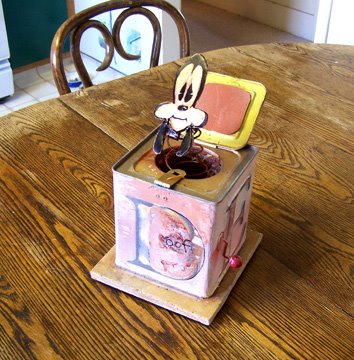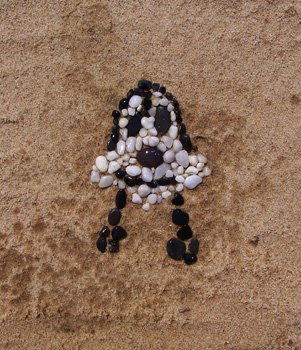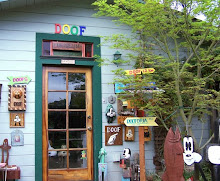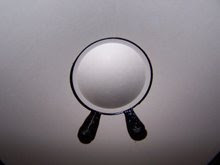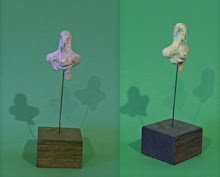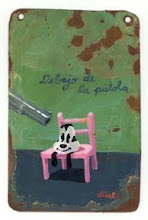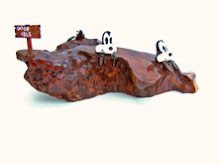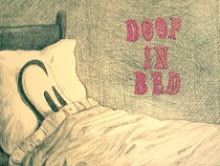
Christian Paul
Conceptual Doof Photographer
Born 1977, Milwaukee WI
Lives in New York, Chicago, Berlin
Education: MFA Florida State University,
Attended: Stanford, Yale, Brown and the
Berlin Art Academy.
Christian Paul is a photographer who employs modern
image taking technology to capture images of memory.
His visions of antique toy boxes filled with treasures from
so long ago.
The actors in Paul’s dramas are from his late father’s
collection of Doof memoribllia. His father collected all forms
of the Doof. Paul found boxes of the stuff in his father’s
house after his father’s passing and decided to dedicate his artistic career the contents of those boxes.
Quote: “Memory should not be forgotten.”
His direction has changed over his career. He began as an outdoor type. He surfed, backpacked and skate and ski boarded. Artistically, he was into video and was a lead singer for a small time punk band, the Drags.
Like the great photographer,
Andres Sorrono, Paul sometimes shoots his subject through liquids, enhancing the mystery of the subject.
Christian was considered at one time to be of interest and was to be invited to be included in some really big group shows, but it never materialized.
His mother and father were both in the food industries. They also were “Dead Heads”.
Paul sees the Doof as a lost American icon. A slowing fading memory in the nation’s mind.
Paul was a wrestler in high school and college. He got his masters in art while on scholarship to Florida State University.
Paul was for a short period, an underwear model.
His father told him to take up photography, for he felt his son did not possess the drafting skills needed to become a fine artist.



























































